Matildas expect world will come waltzing in 2023
Australian football has not held its breath with such anticipation since John Aloisi trotted up to the penalty spot at ANZ Stadium
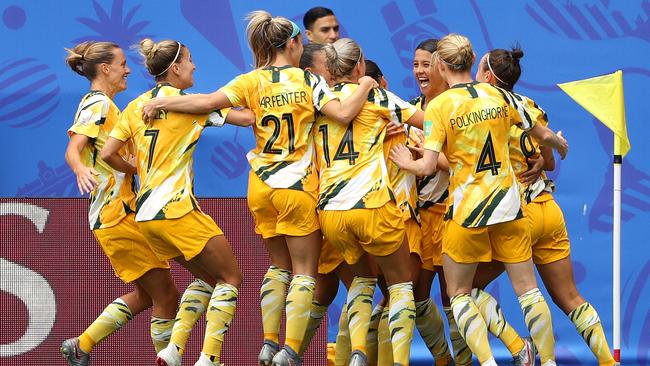
Australian football has not held its breath with such a warranted degree of anticipation since John Aloisi trotted up to the penalty spot at ANZ Stadium, put his left hoof to a white ball, hooked it past Uruguay’s goalkeeper, found the right side of the netting, whipped off his shirt and embarked on an unforgettable adrenalised victory lap while 83,000 scarf-wearing, bandwagon-jumping folk screamed their heads off — proving that when the big stuff is in front of us, there is an audience for this sport.
The A-League lacks popularity and marketability because it feels small. If Andrew Bogut reckons the NBL is a bush league when it features Olympians and future NBA superstars doing work experience from the United States, the A-League is even farther out the back of Bourke in the public’s perception. A largely unpopular A-League, however, and a battling, only semi-professional W-League, do not mean that football itself is unpopular in this country.
The most attractive part of the global game is the global game. That is the very essence of it. If a World Cup is staged on these shores, it will go gangbusters.
The women’s cup is so close to happening in Australia that only a Pablo Escobar level of criminality seems capable of stopping it. A local cup will do virtually nothing to help the embattled A-League, because the neutral observer sees them as chalk and cheese. But it will send the Matildas, and girls’/women’s football, through the roof. If the Socceroos qualify for the 2022 Cup, they too will have a vast and enthusiastic audience. Domestic disdain has nothing to do with interest in the international scene. This is off- topic, but the A-League and the W-League need to be winter competitions again. Why? Because football is a winter sport, every day of the week.
The Australia-New Zealand bid for the 2023 Women’s World Cup looks to be miles ahead of Colombia’s, the only other contender after the withdrawal of Japan. We are home and hosed, are we not? It’s like having the bye, don’t you think? There’s an open goal and we cannot miss from here, right? You would assume so after the FIFA Council gave Australia/NZ a 4.1 out of five in a technical evaluation, while Colombia received a 2.8. And yet anyone who recalls former FIFA boss Sepp Blatter standing there with a straight face in 2010, holding a sign naming Qatar, as the host of the 2022 men’s World Cup, knows the governing body can be a strange and unpredictable beast. The anticipation and hope is palpable, but so is the distrust of FIFA.
Matildas veteran Clare Polkinghorne chewed her fingernails and said: “It would be massive. To be representing your country in front of your family and your friends in your home country, it would be something unbelievable.”
References come in handy when you’re applying for a vacant position. You need someone of importance to talk you up. If you’re straight out of high school, or attempting to host a football World Cup for the first time, you need an authoritative figure to back you.
To Whom It May Concern, may I recommend to you, et cetera. The Australia-New Zealand bid on Tuesday received a couple of decent referees when the nations’ prime ministers, Scott Morrison and Jacinda Ardern, released a joint statement of support, to go along with their combined commitment of $112m.
It read: “An Australia-New Zealand FIFA Women’s World Cup would embody our passion for women’s football and proud commitment to equality and fairness, creating a profound and enduring legacy for the future of women’s football within the region and beyond.
“We would host a tournament FIFA can be proud of in every way possible: technical excellence, record-breaking crowds, commercial certainty and a warm embrace from our 200 different cultures. Football is the game that connects us all. We sincerely hope that an Australia-New Zealand FIFA Women’s World Cup will bring us all together again in 2023, when we can all celebrate humanity, community and unity through football.”
FFA president Chris Nikou and NZF president Johanna Wood said: “We thank prime ministers Morrison and Ardern for their backing at this crucial stage of the bid process and for the support of their respective governments over many months. There is real momentum to our bid with just days to go until the final vote. We are doing everything we can in this crucial last phase to communicate just what a game-changer our hosting concept would be for women’s football — across the Asia-Pacific region and beyond.”
The FIFA Council will conduct a video meeting and open vote in the early hours of Friday morning (AEST). Asian Football Confederation votes that may have been split between Japan and the trans-Tasman bids now seem certain to go to Australia-New Zealand.
There was a collective gasp of anticipation before the 2010 FIFA announcement, but that result was never a certainty and in the end, Australia received only one of the 37 votes.
This one feels more like the Aloisi penalty. Surely, surely, it cannot miss.
Colombia’s federation chief Ramon Jesurun complained to FIFA about its technical evaluation of 2.8 out of five. He said on Tuesday: “Today, fortunately, we believe we’ve got over this problem and the peace process is being implemented very well. Those who know Colombia and have come to Colombia have been really surprised by what is reflected in this report.
“In the last few hours we have told FIFA that this was not right and that I think there is a bit of bias in these comments. But I repeat, Colombia is absolutely and totally prepared for this.”


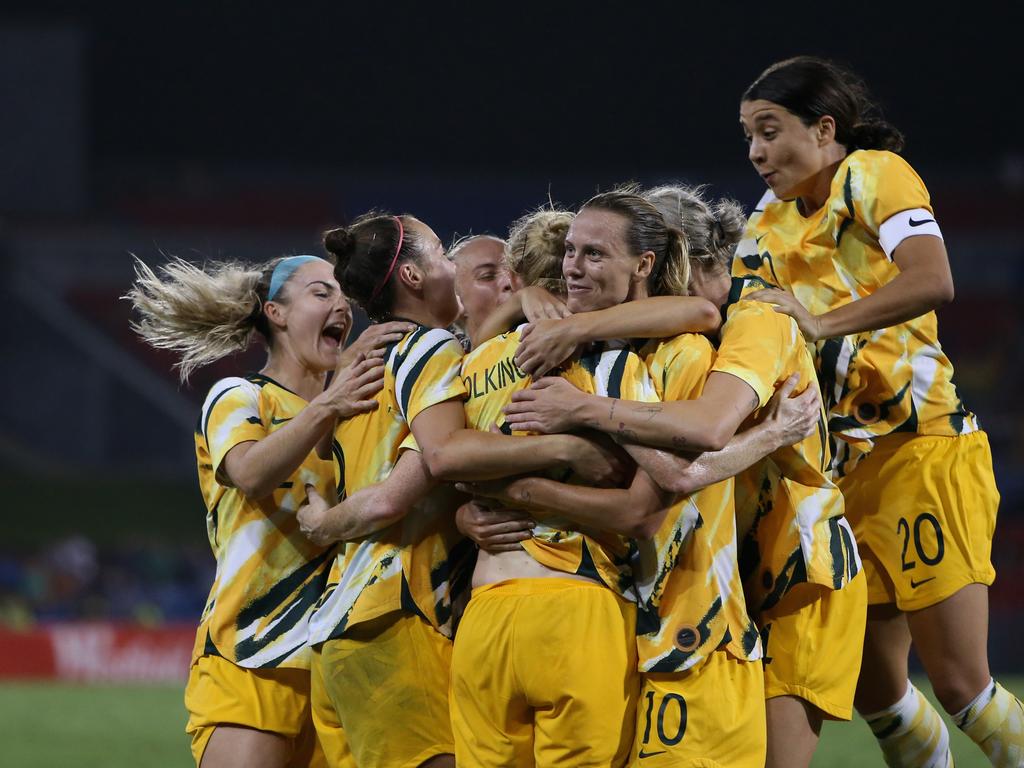

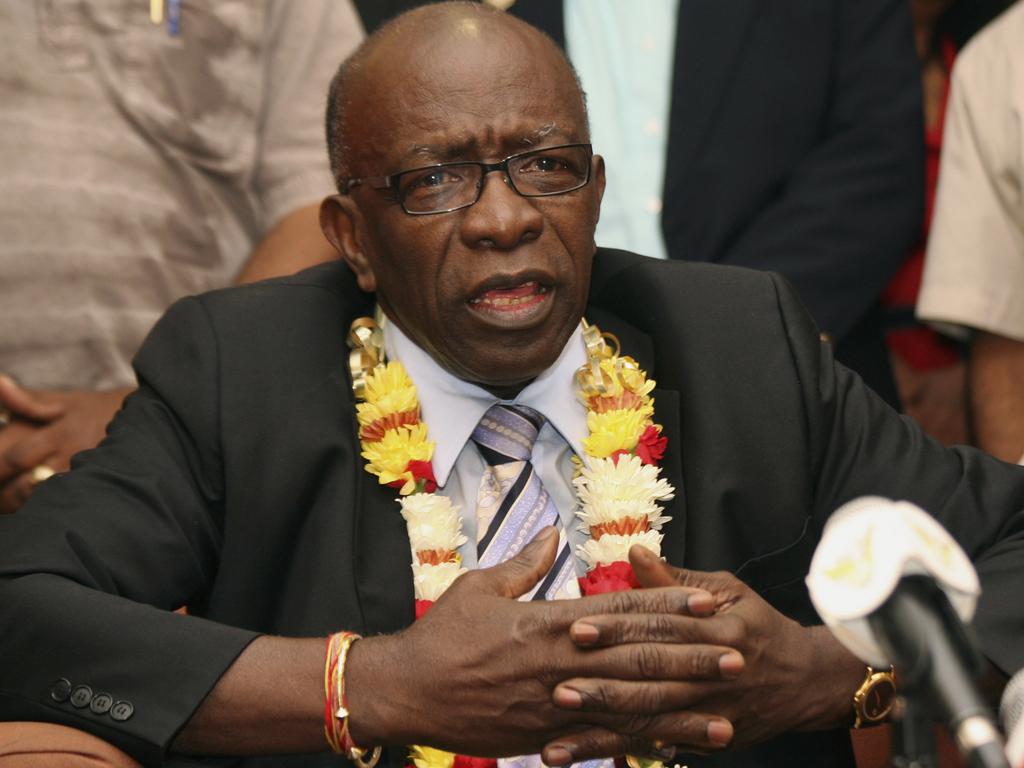

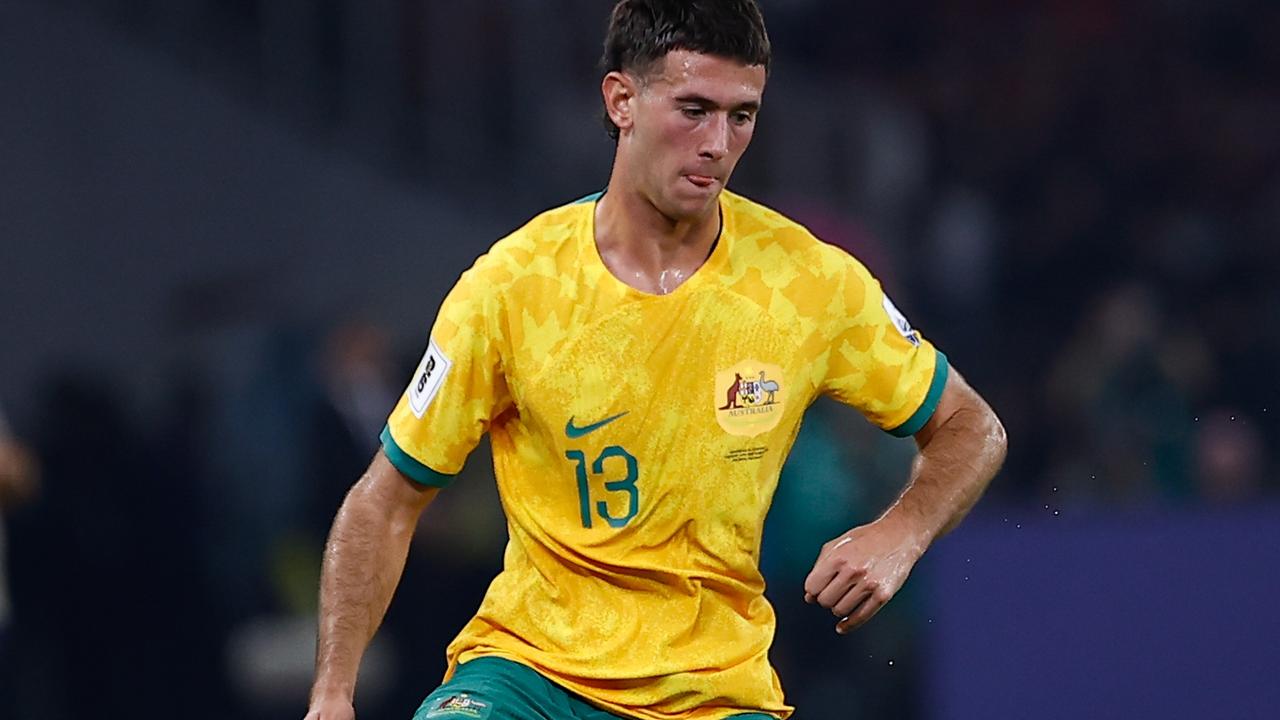
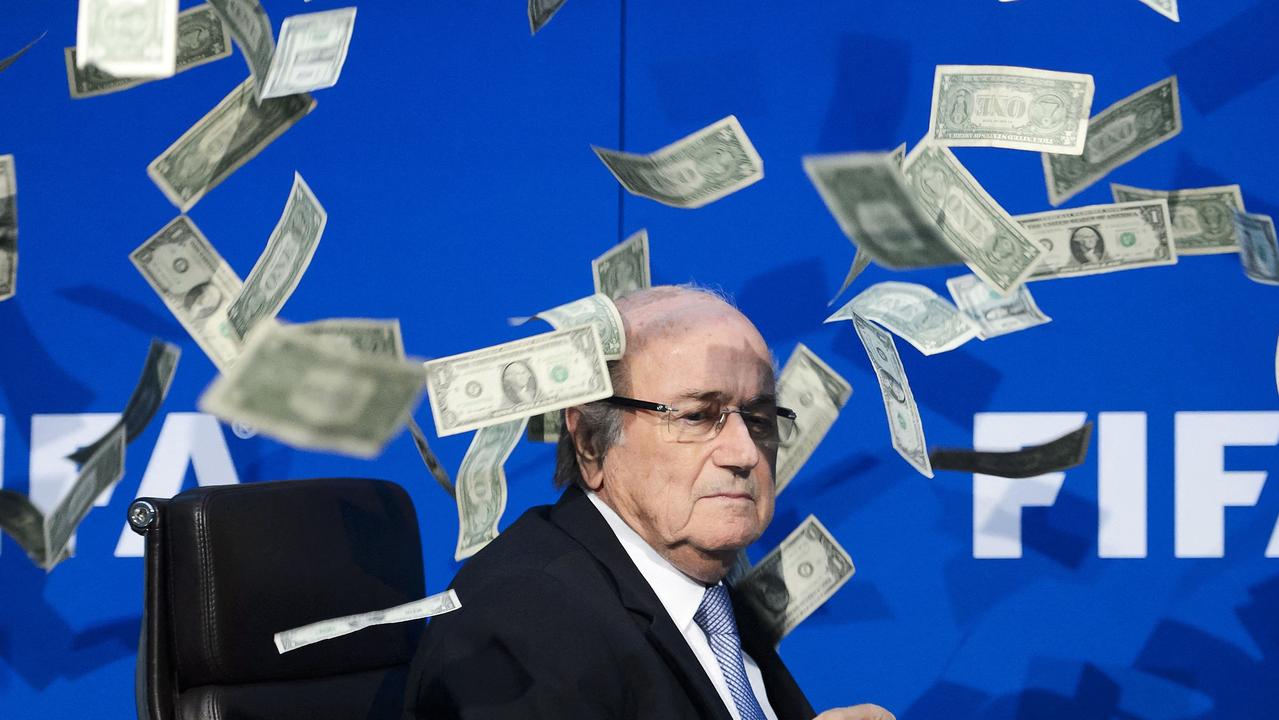
To join the conversation, please log in. Don't have an account? Register
Join the conversation, you are commenting as Logout